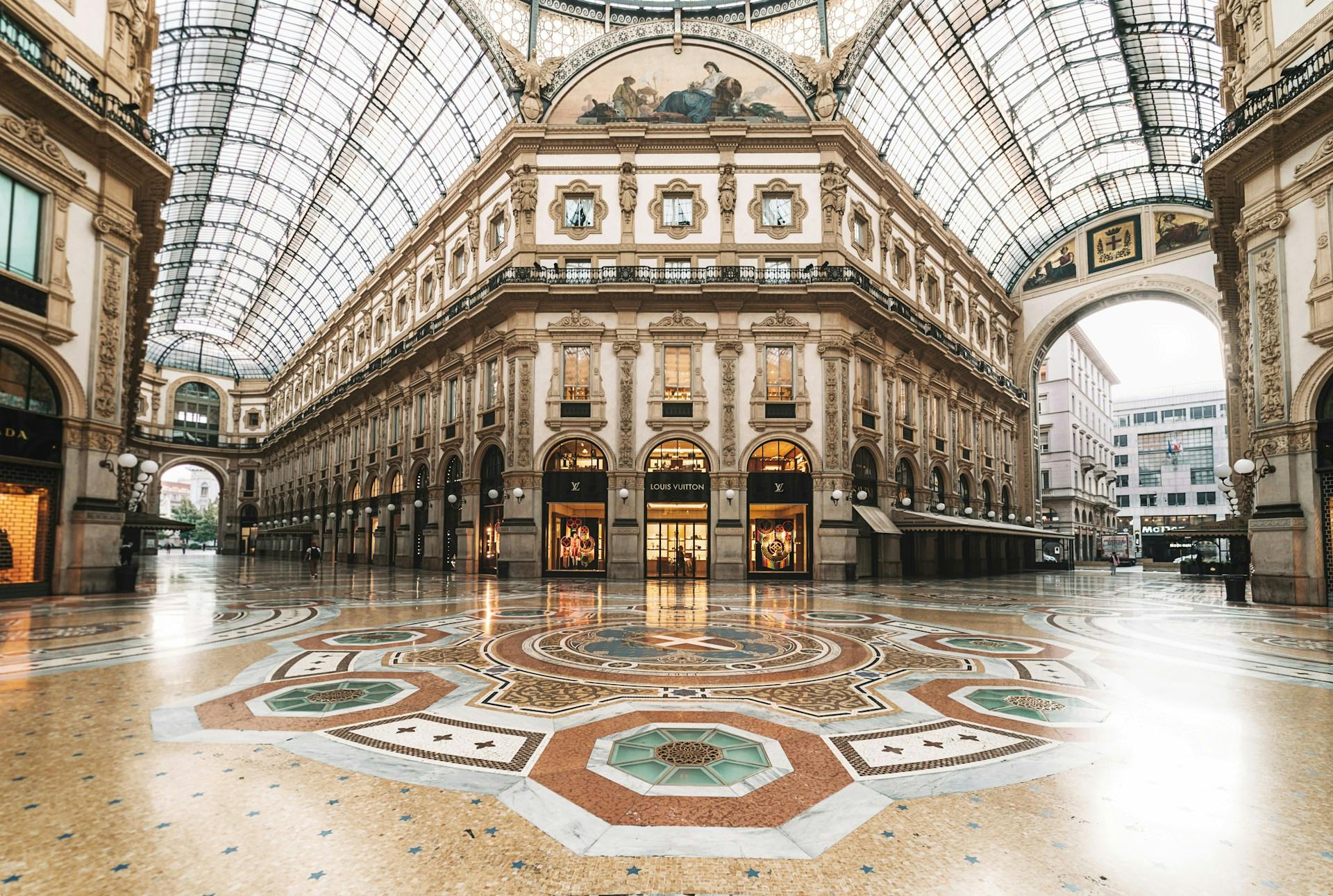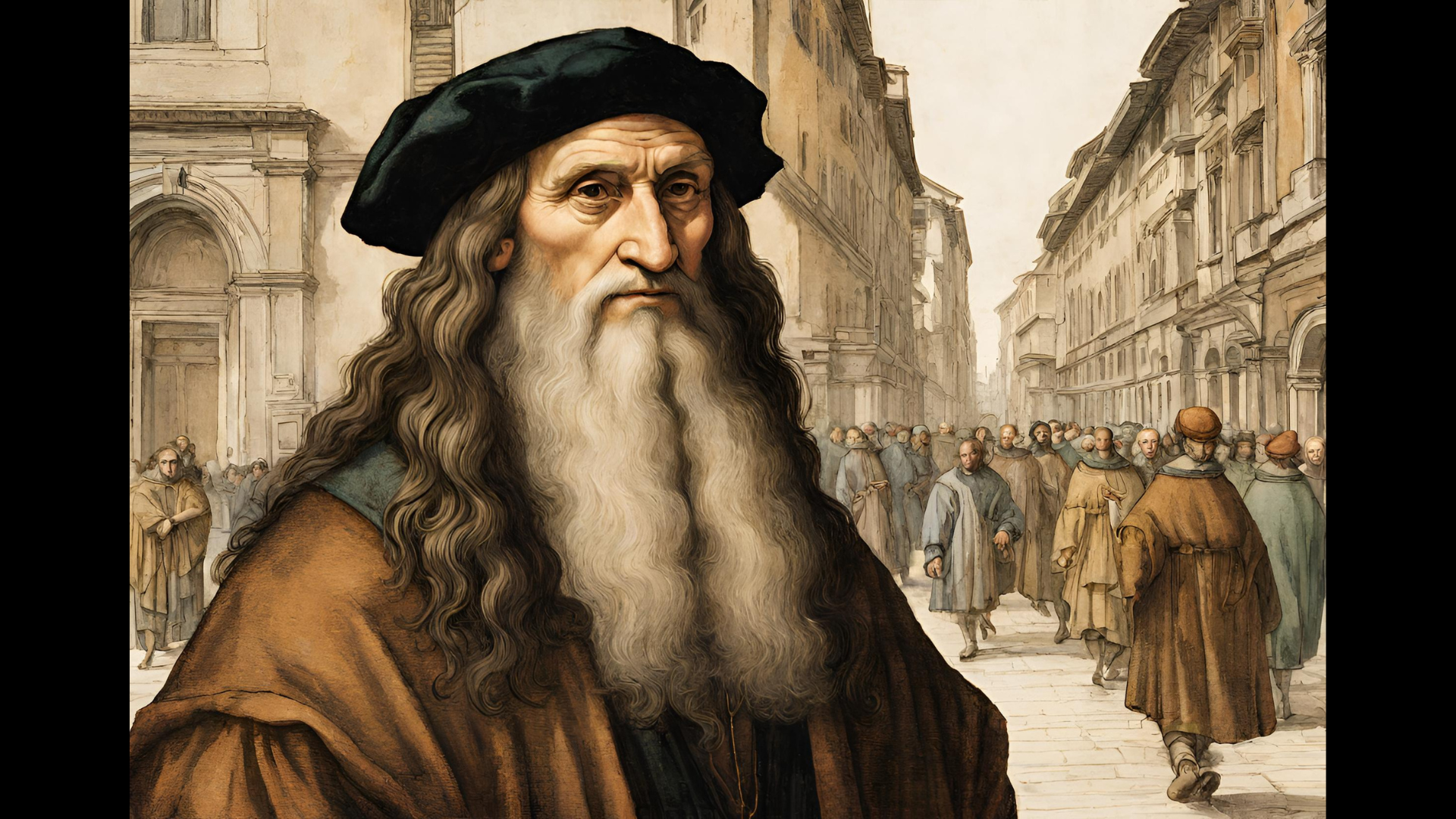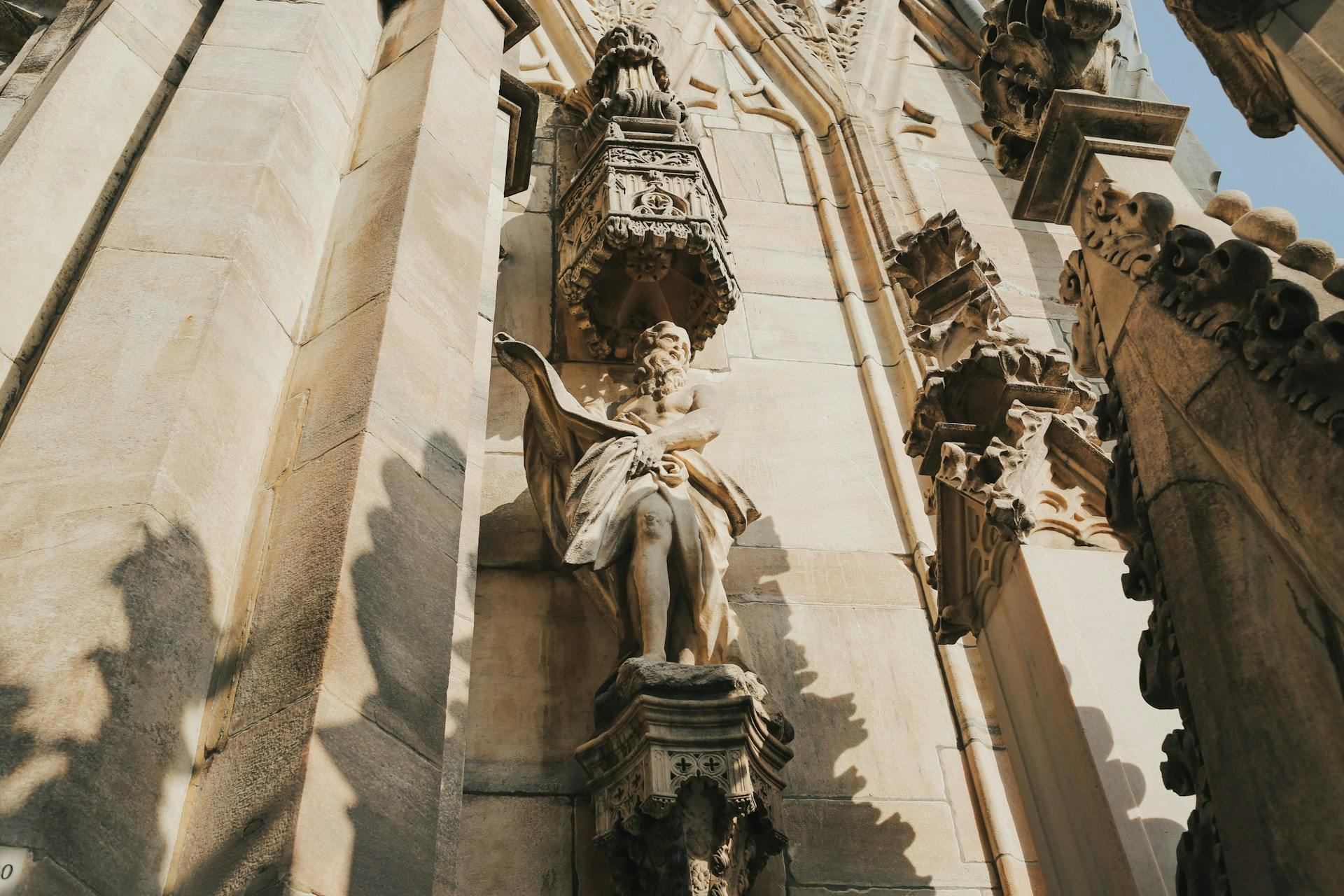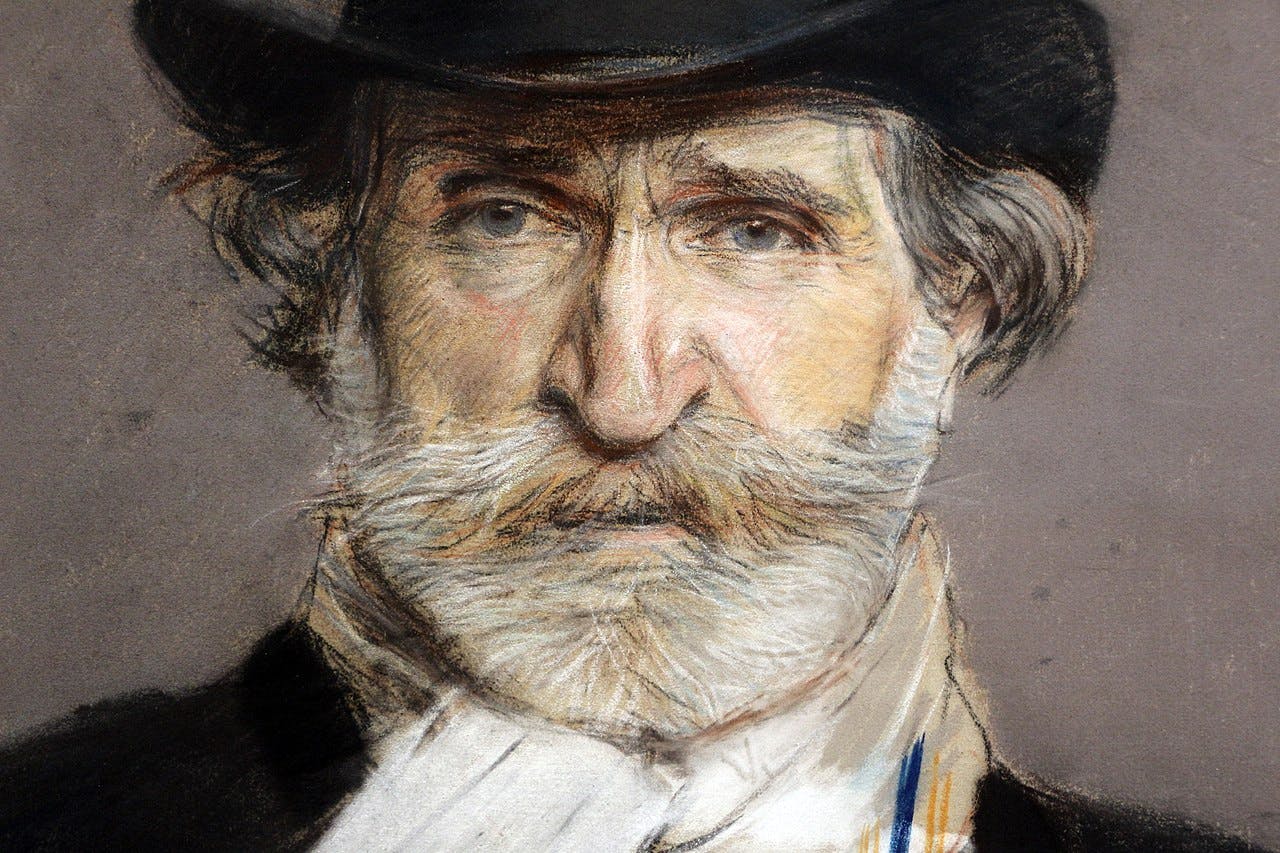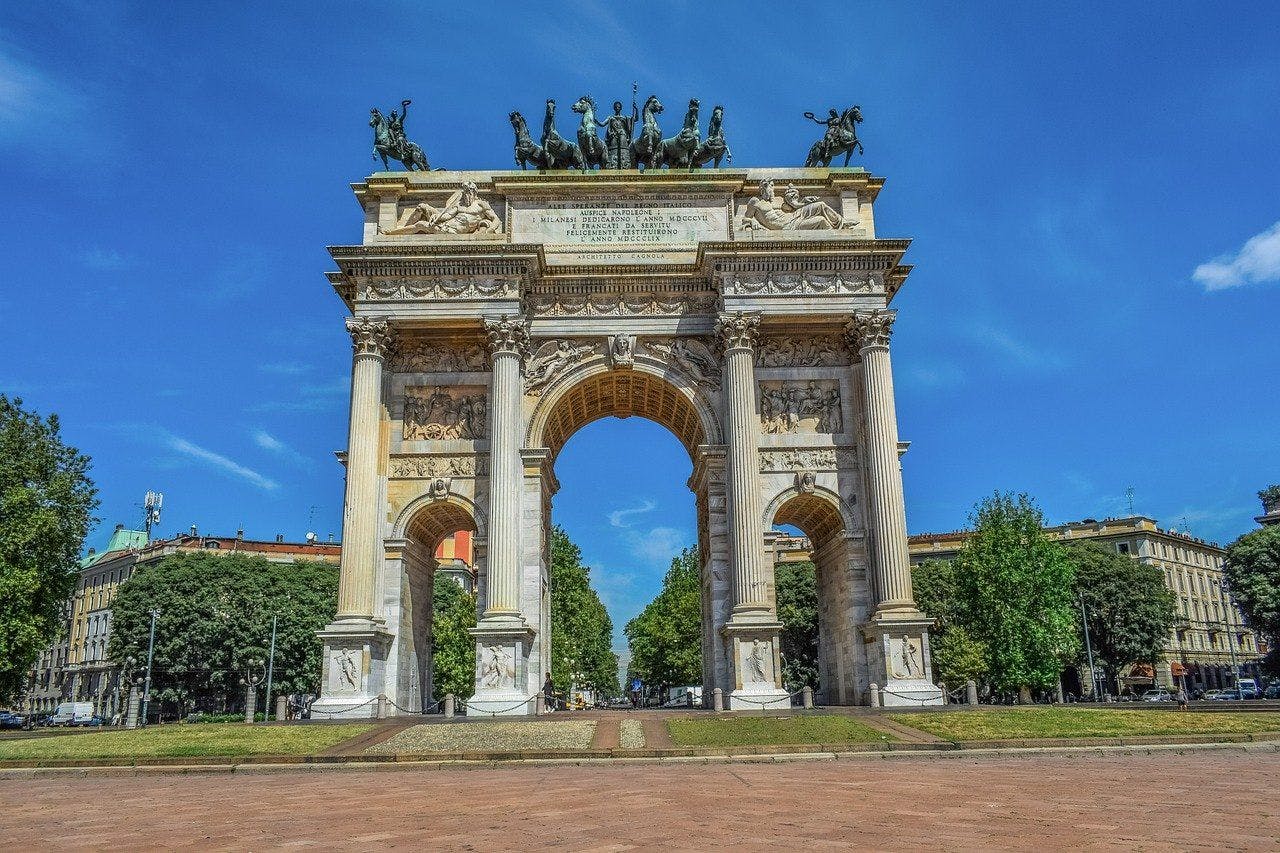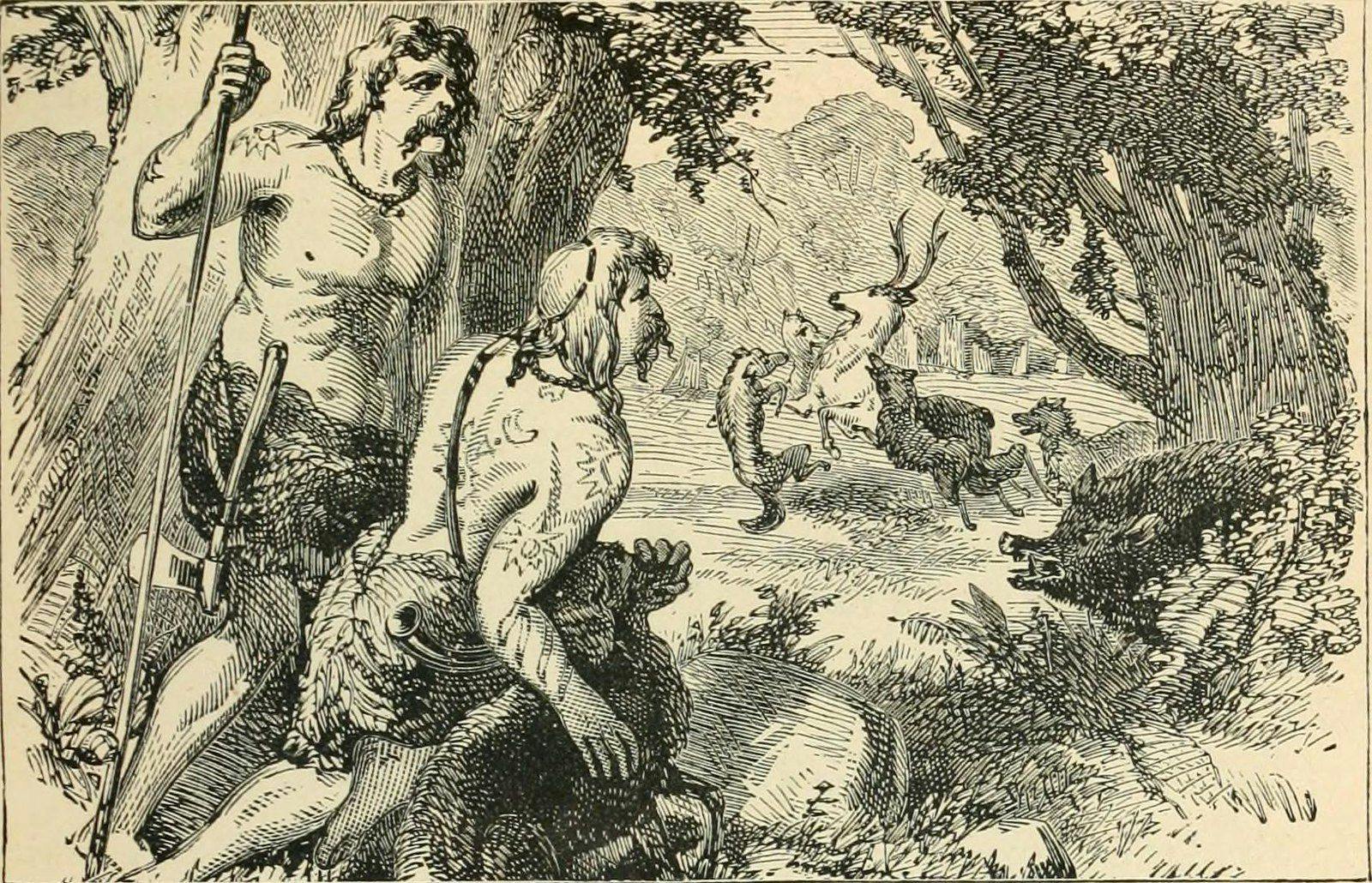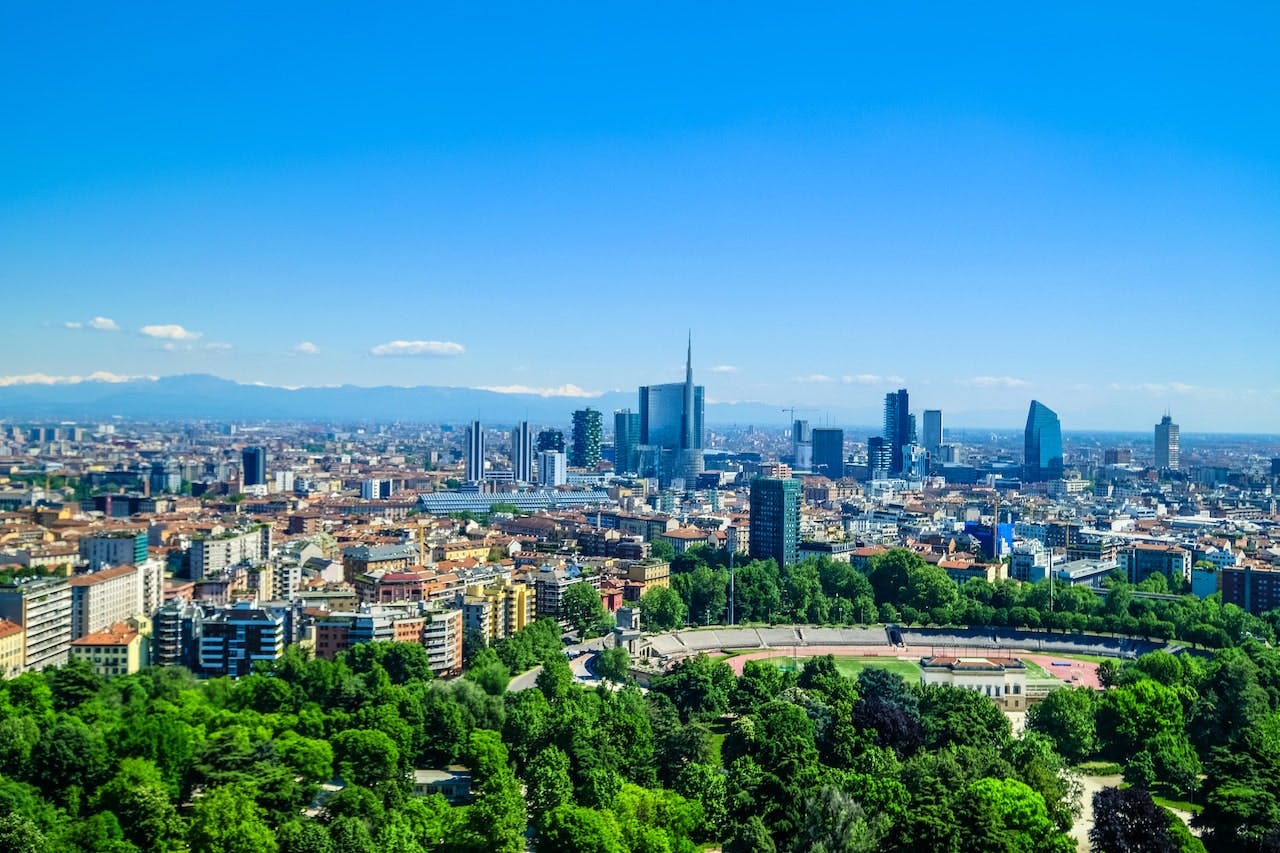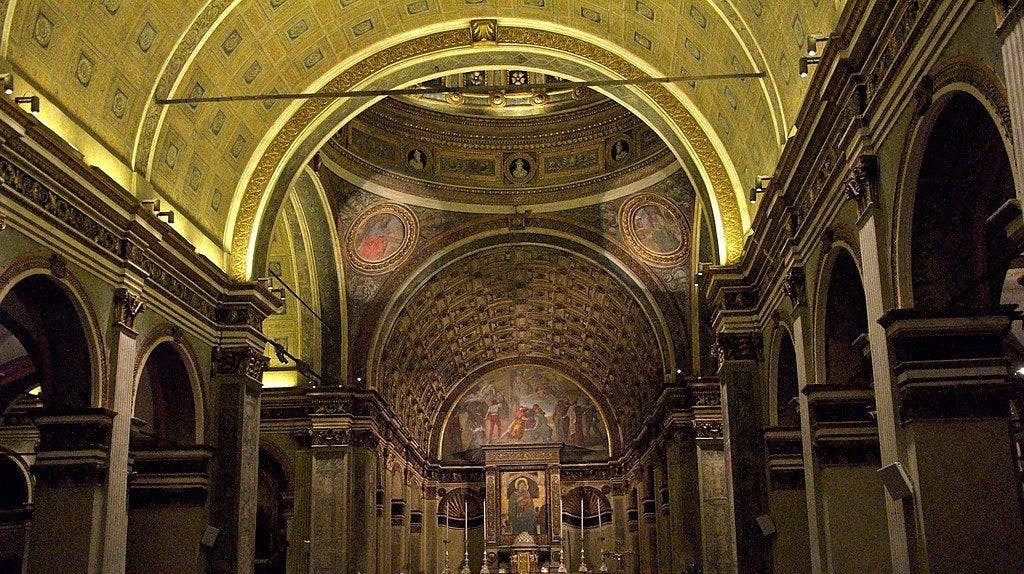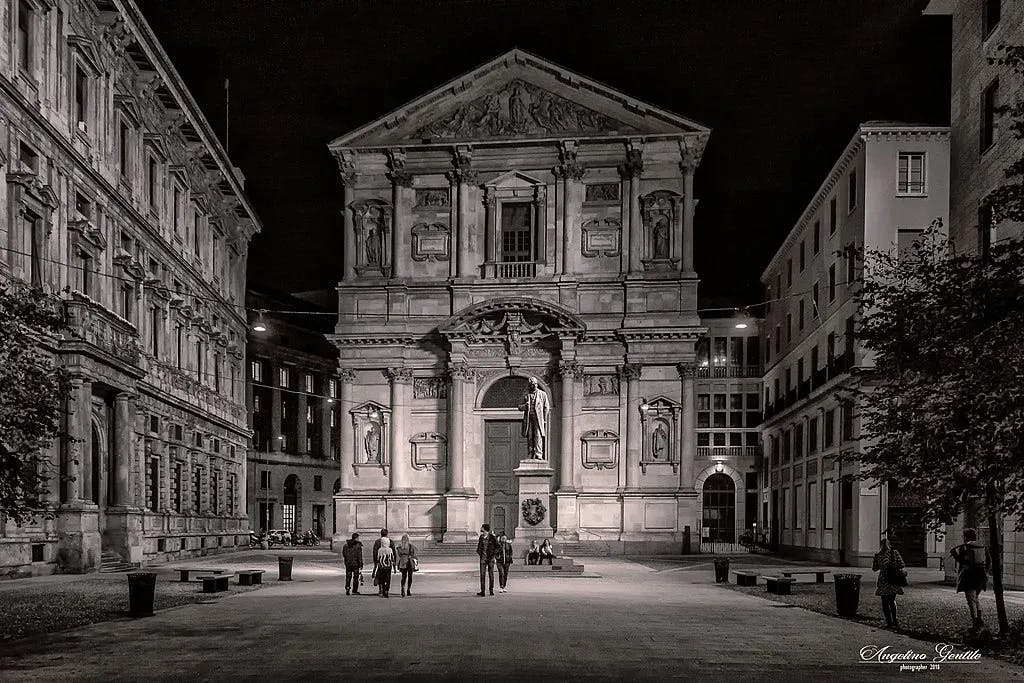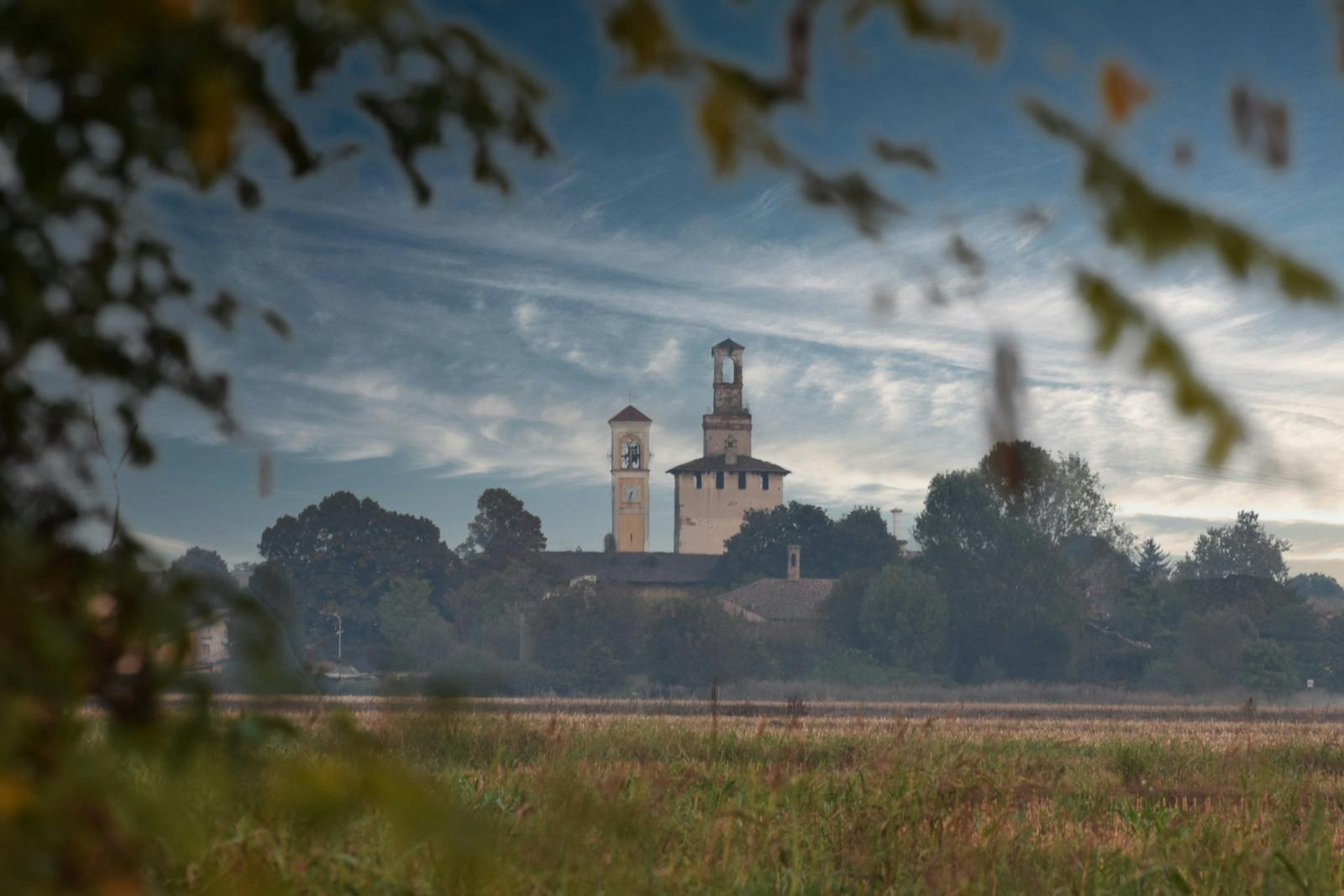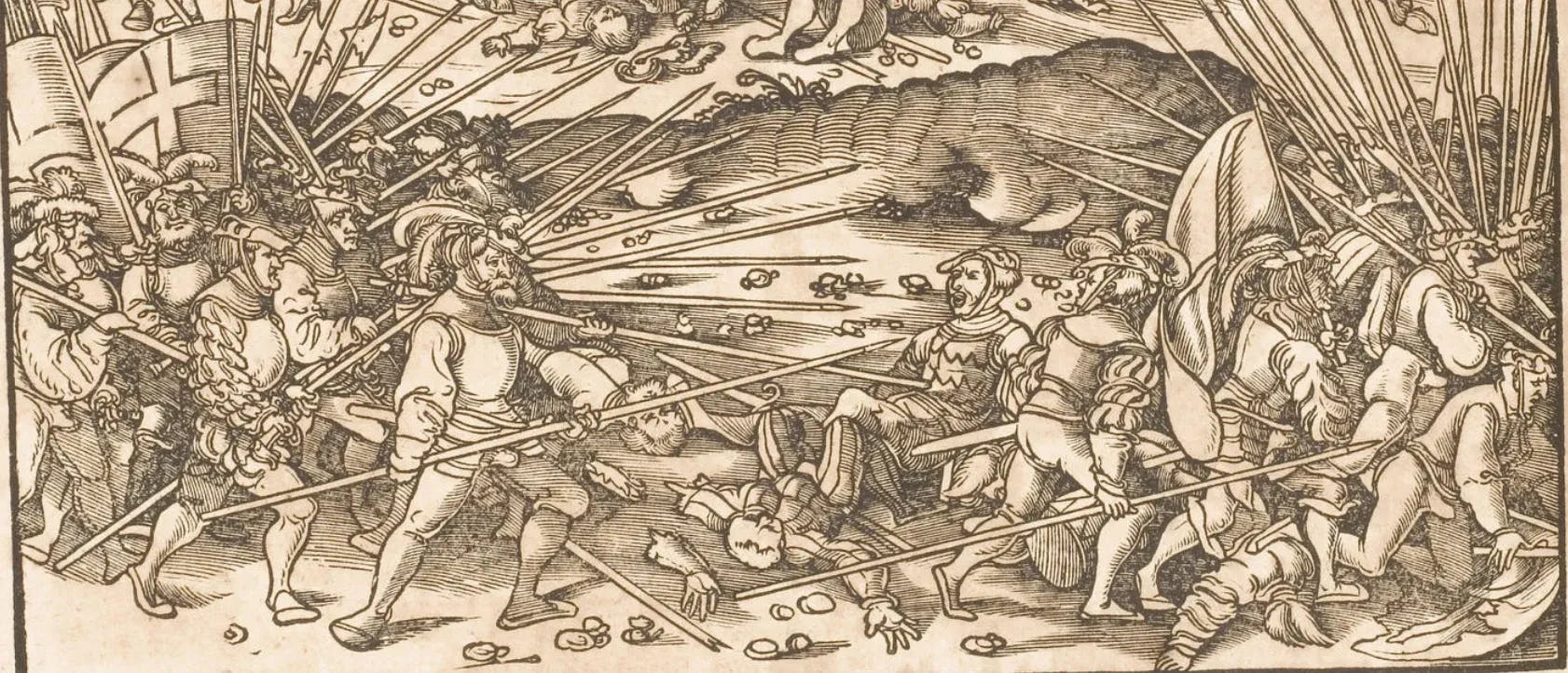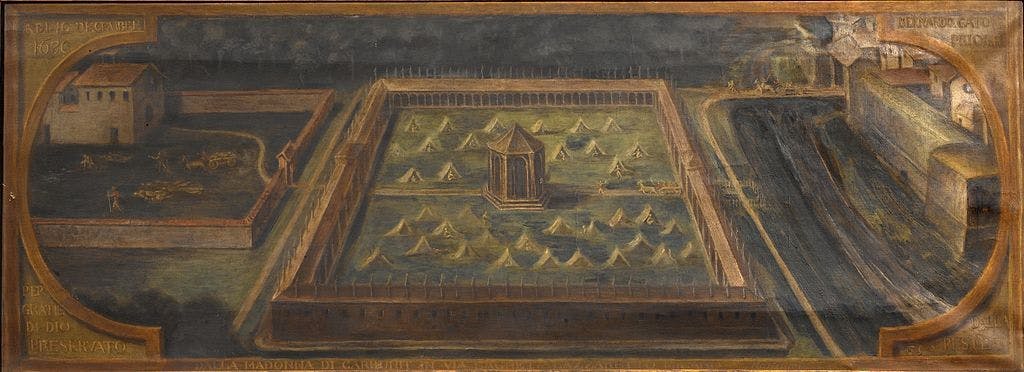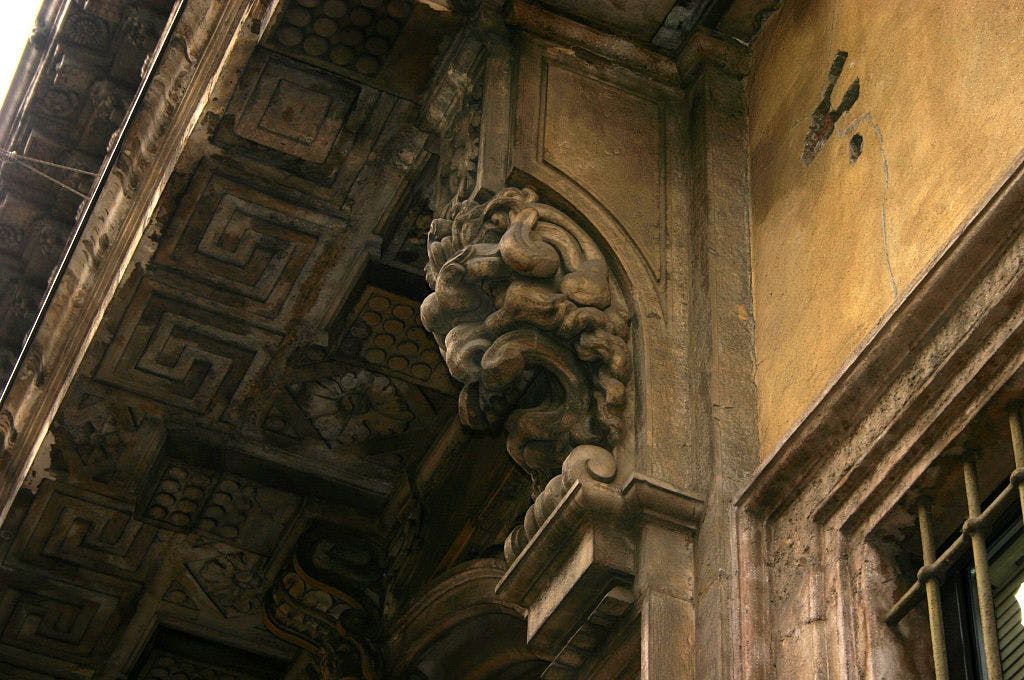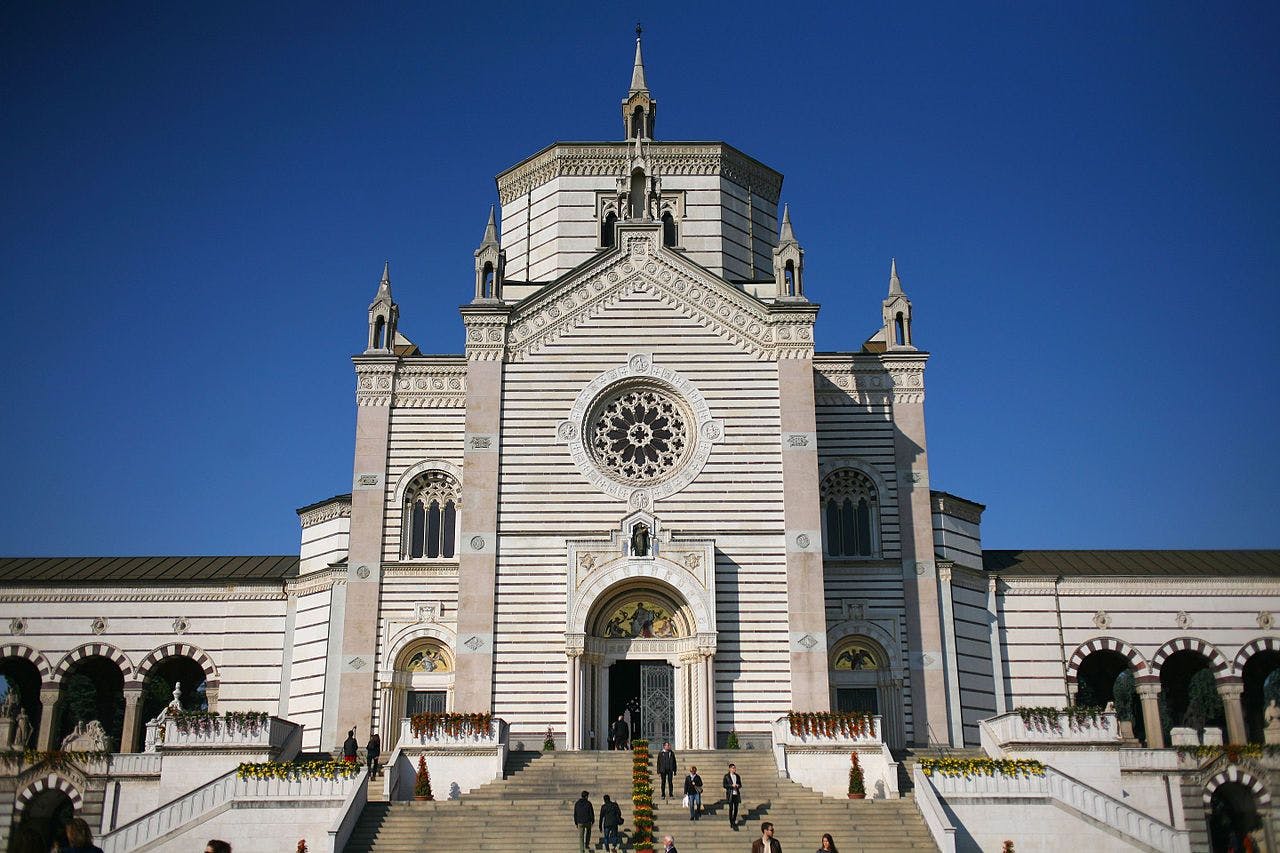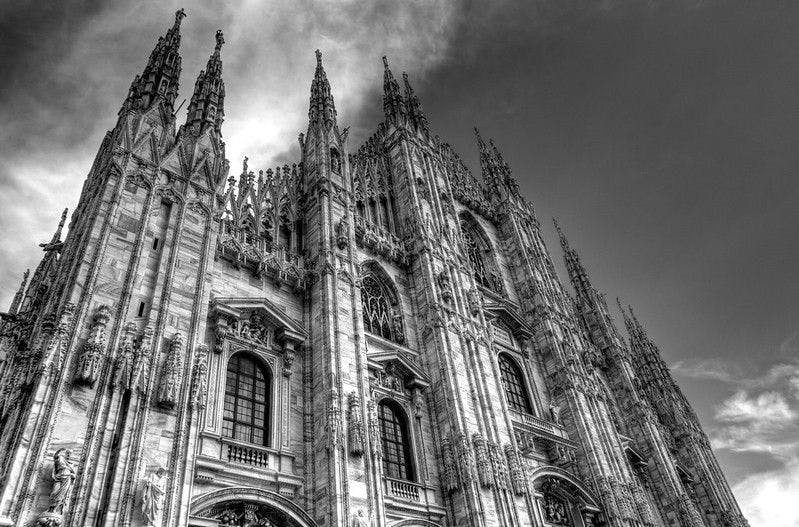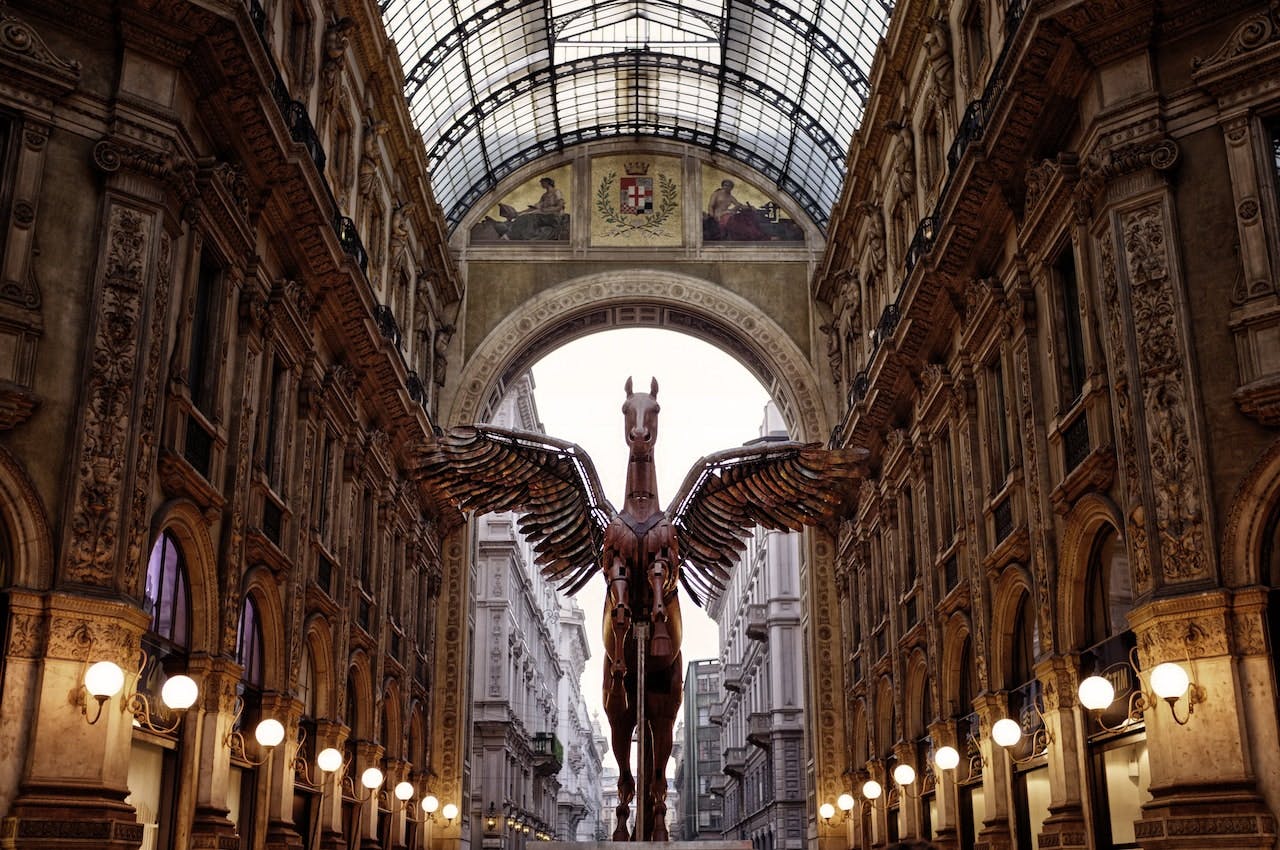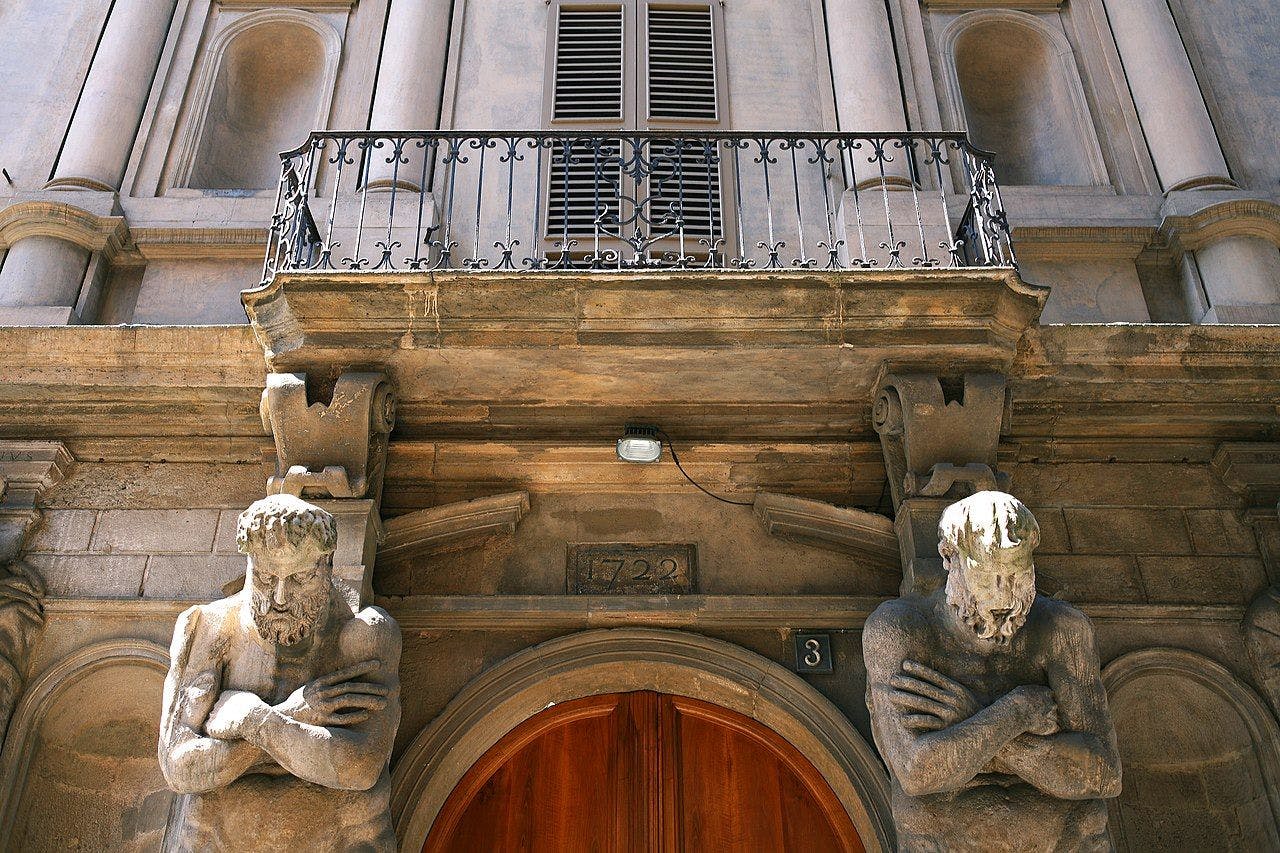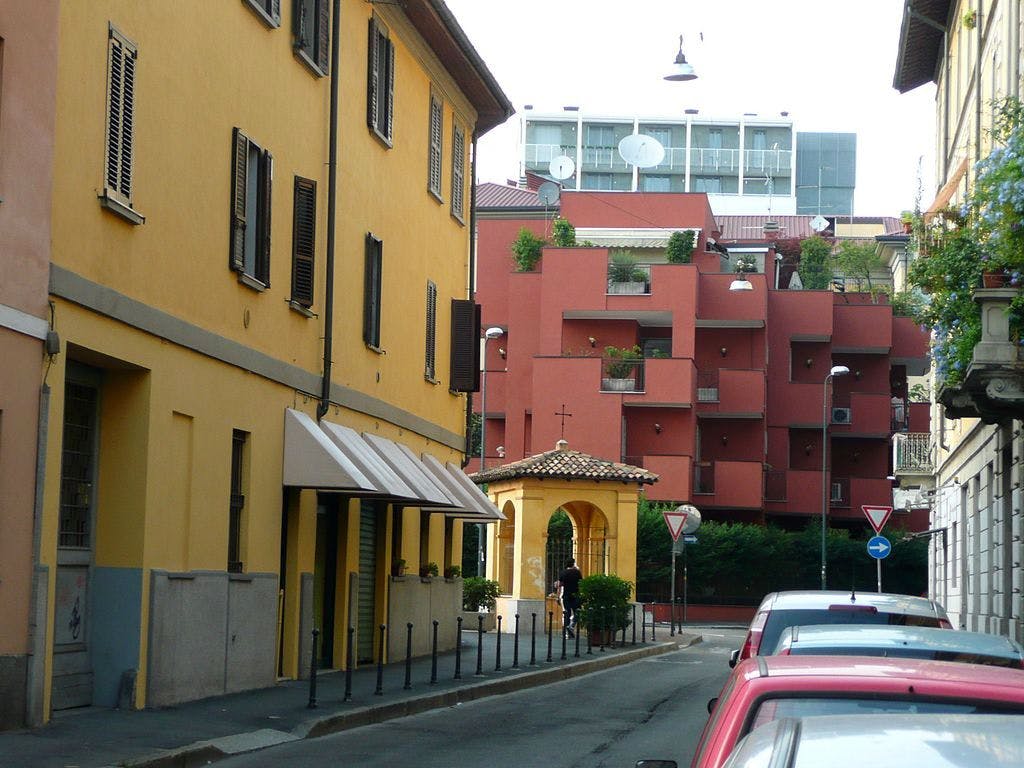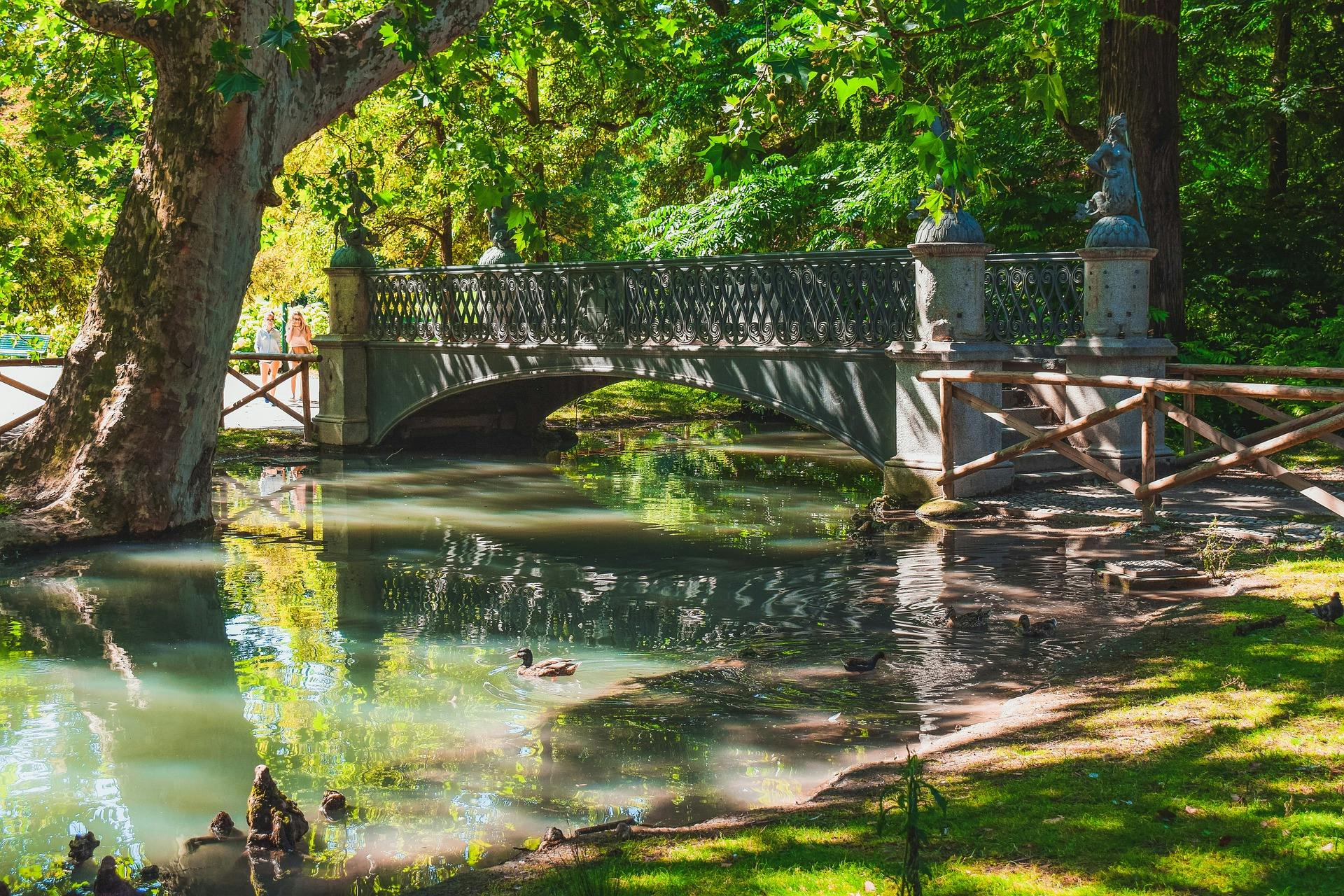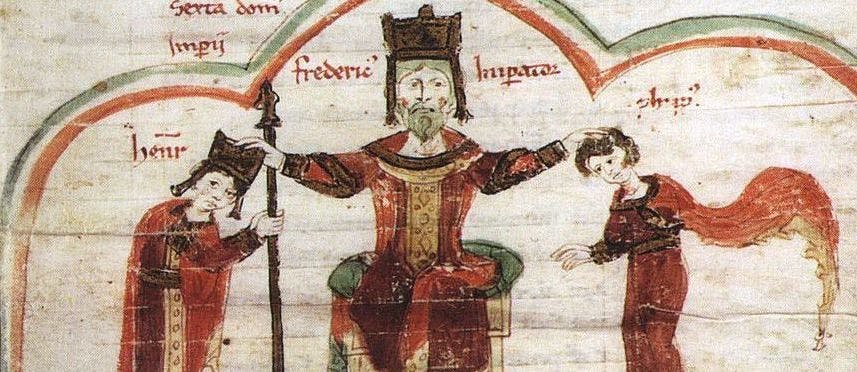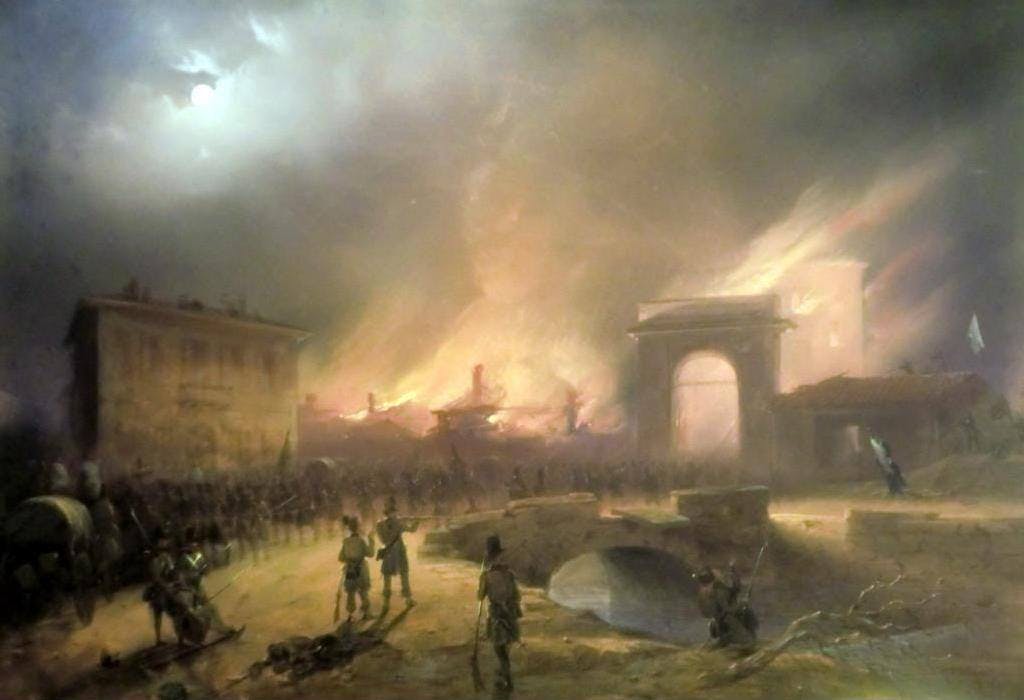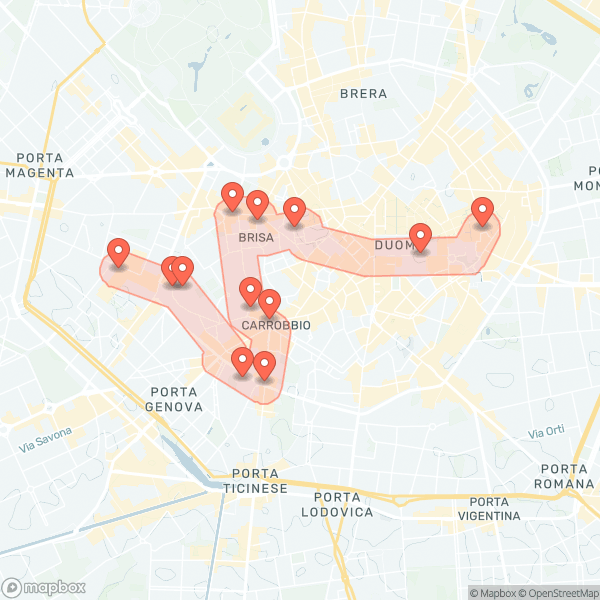- Italy
- Milan
Mediolanum
By
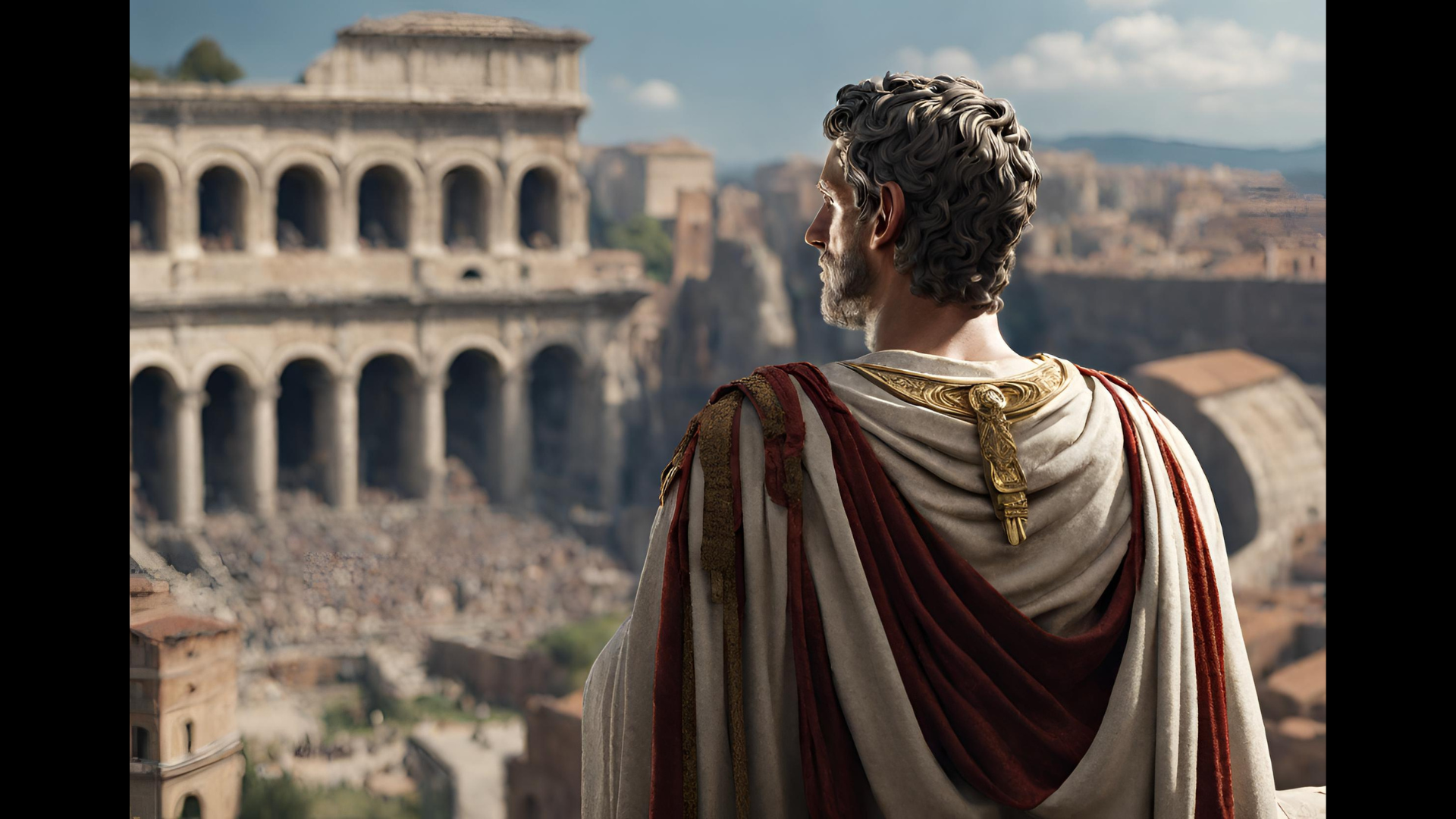
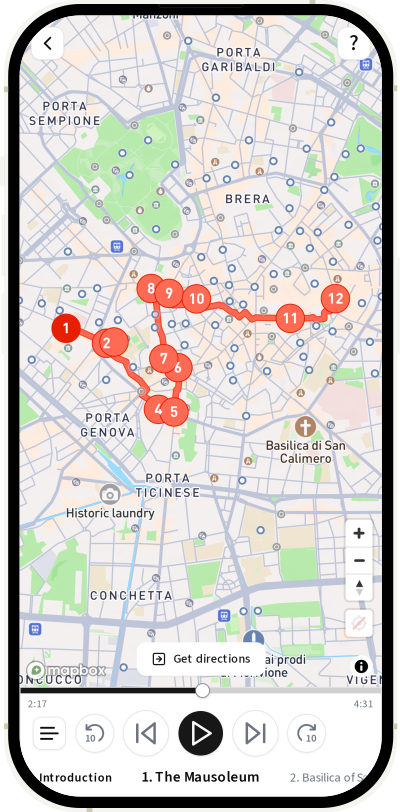
- Walking
- Easy
- 11
- 2:30
- Audio in English
Topic
Indulge in an unparalleled exploration of ancient Roman Milan, narrating the extraordinary heritage of “Mediolanum“. As you walk, unlock the origins of Milan, dating back to a Celtic population before it was conquered by Roman legions. From then on, such a humble settlement went down into history as Mediolanum.
Despite today’s industrialisation, the city still offers incredible and valuable evidence of a glorious past awaiting exploration. You will discover both famous and hidden places through the lenses of ancient Roman times, suggesting a beautiful contrast between the old Mediolanum and modern Milan.
Tips
We recommend verifying the opening hours of points of interest as schedules can vary slightly throughout the year. This itinerary is designed to offer visitors an engaging narrative and the opportunity to appreciate locations associated with Roman history, even from the exterior.
Self-guided audio tour
What are we offering?
Delve into the past and discover your destination with a fresh set of eyes through this self-guided storytelling tour. Navigate from place to place using our map, get interesting tips and listen to our engaging narration while experiencing living heritage like few others ever will. No guide or app download is required, just bring your phone and an open mind!
Places visited
Entry to places with tickets is optional. You can resume your journey outside.
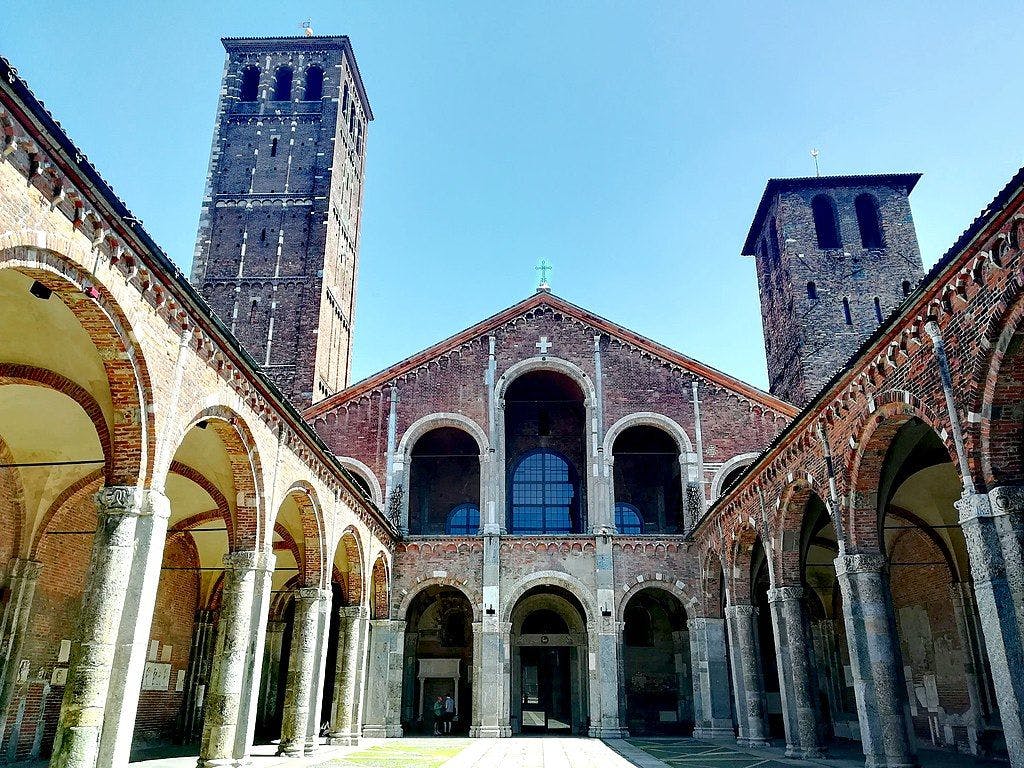
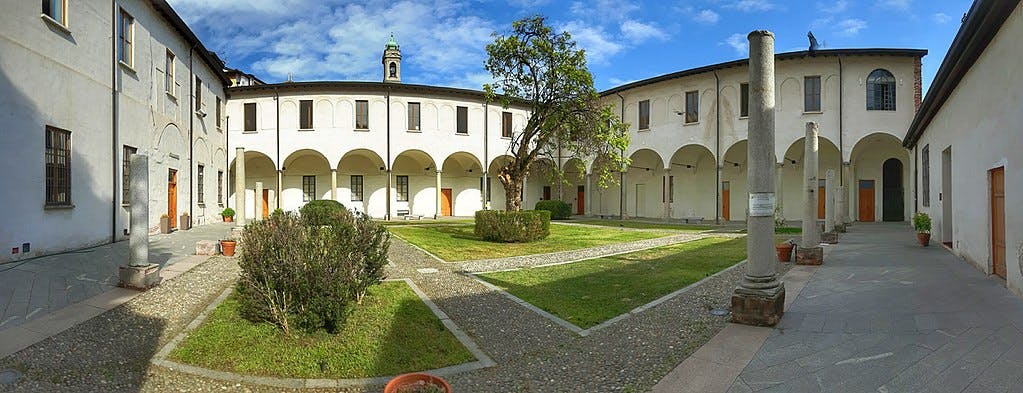
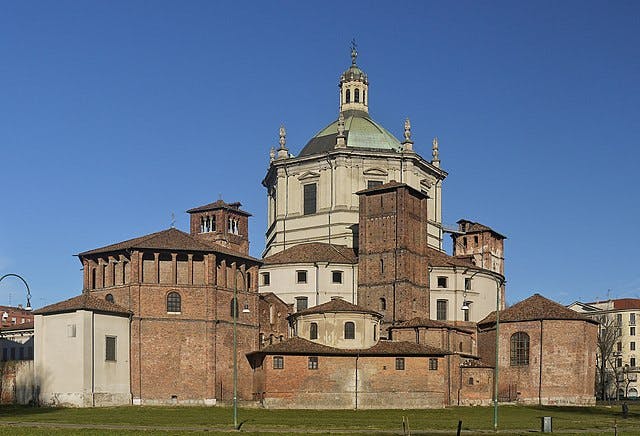
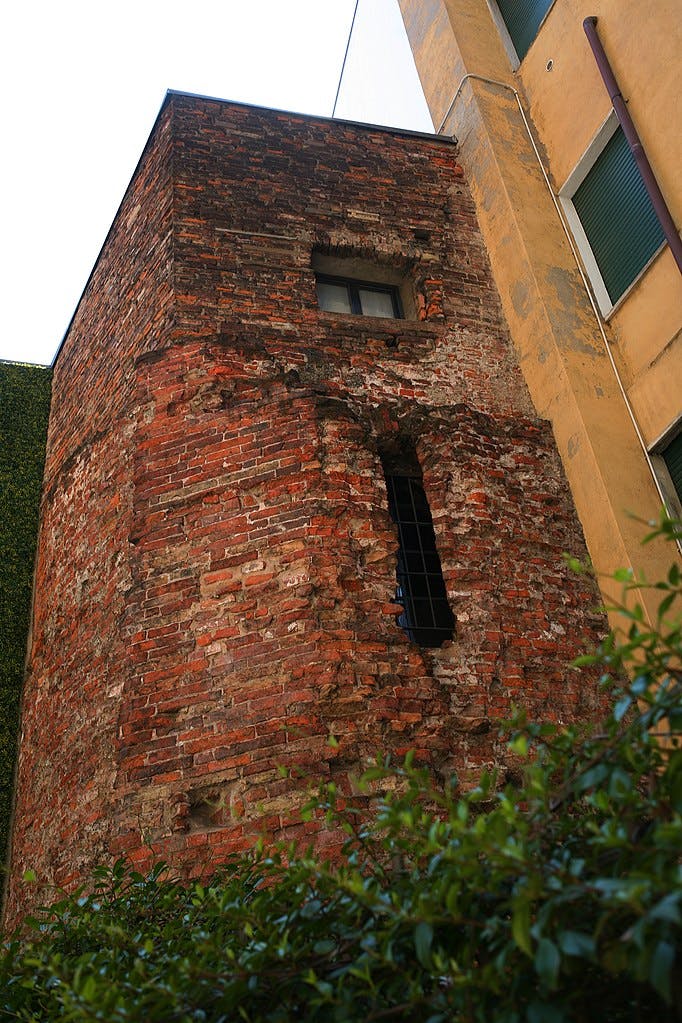
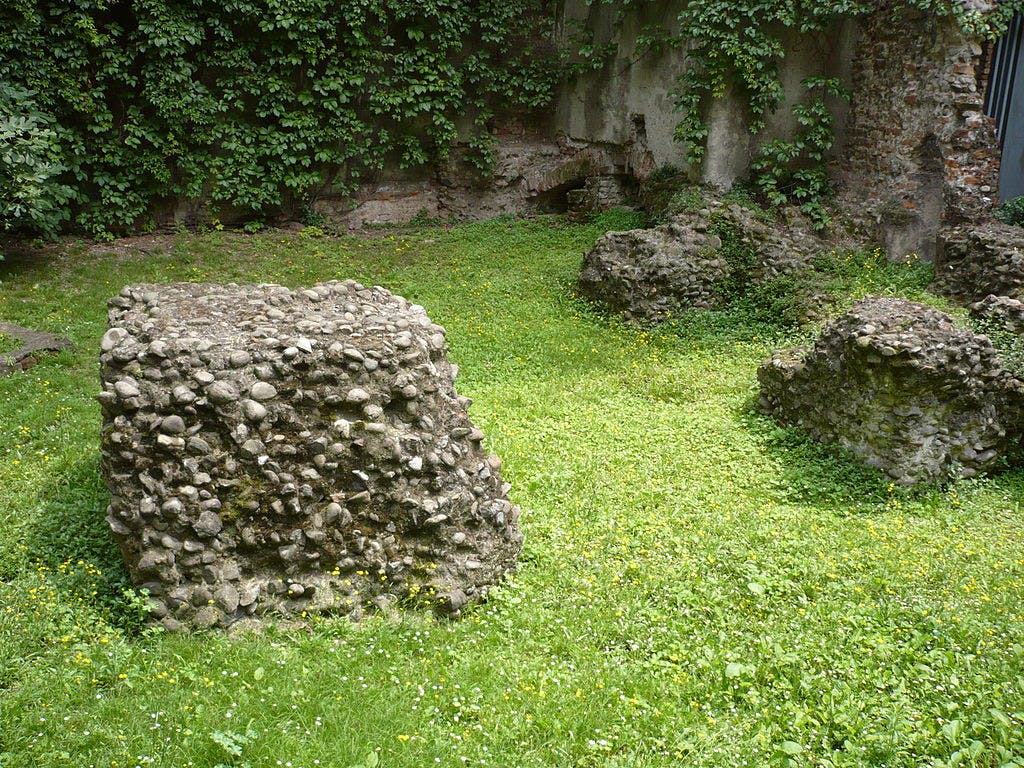
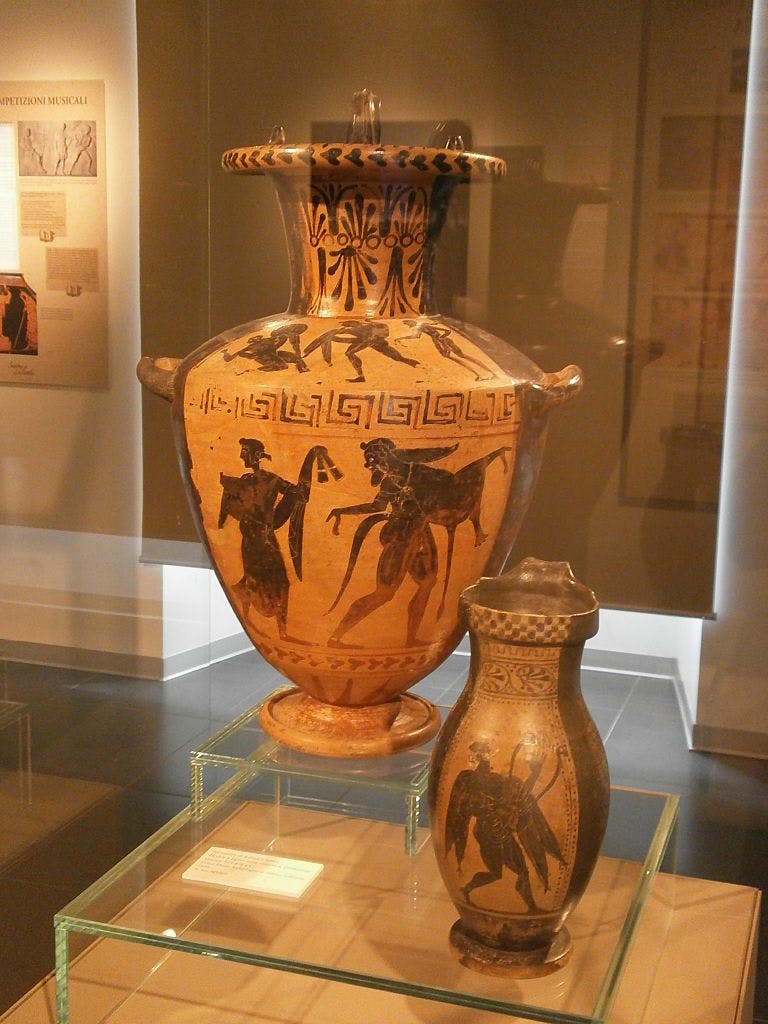
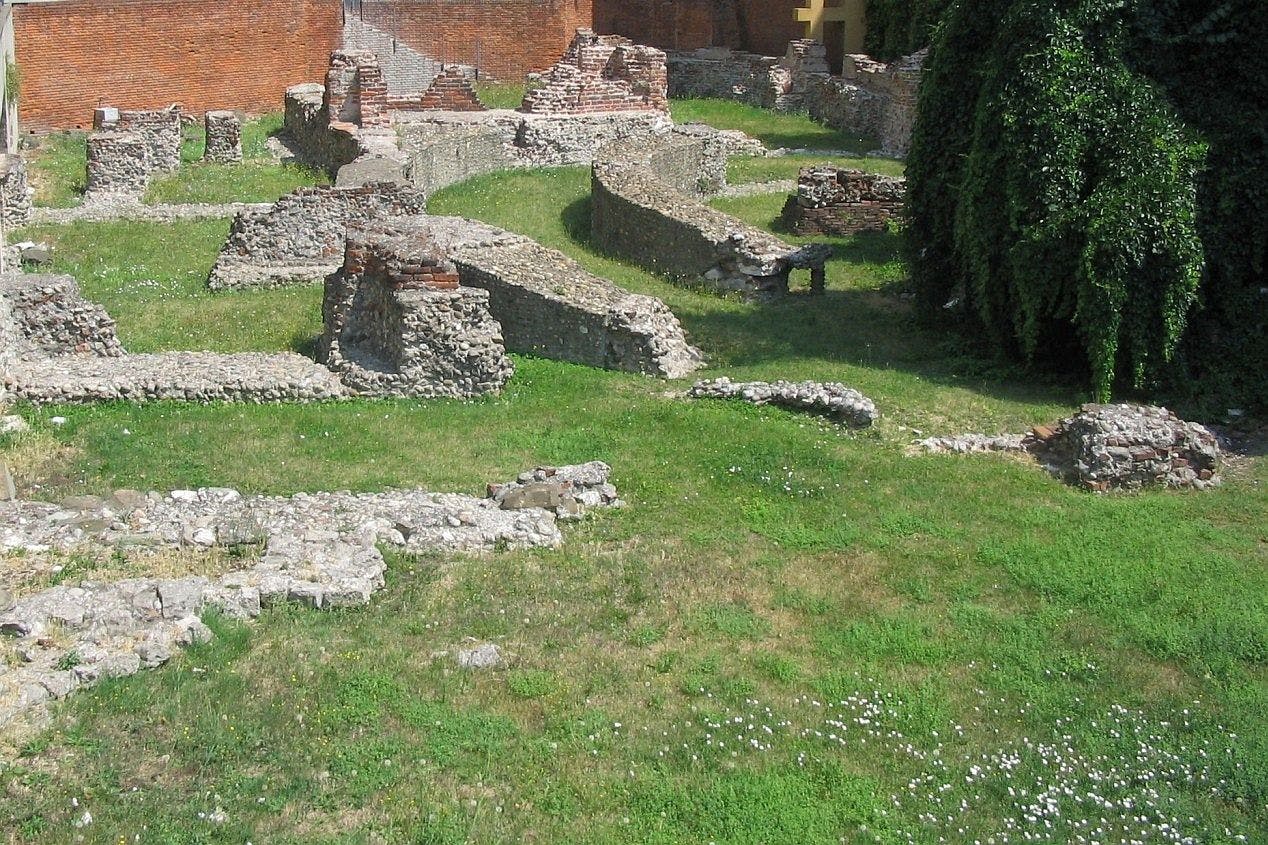
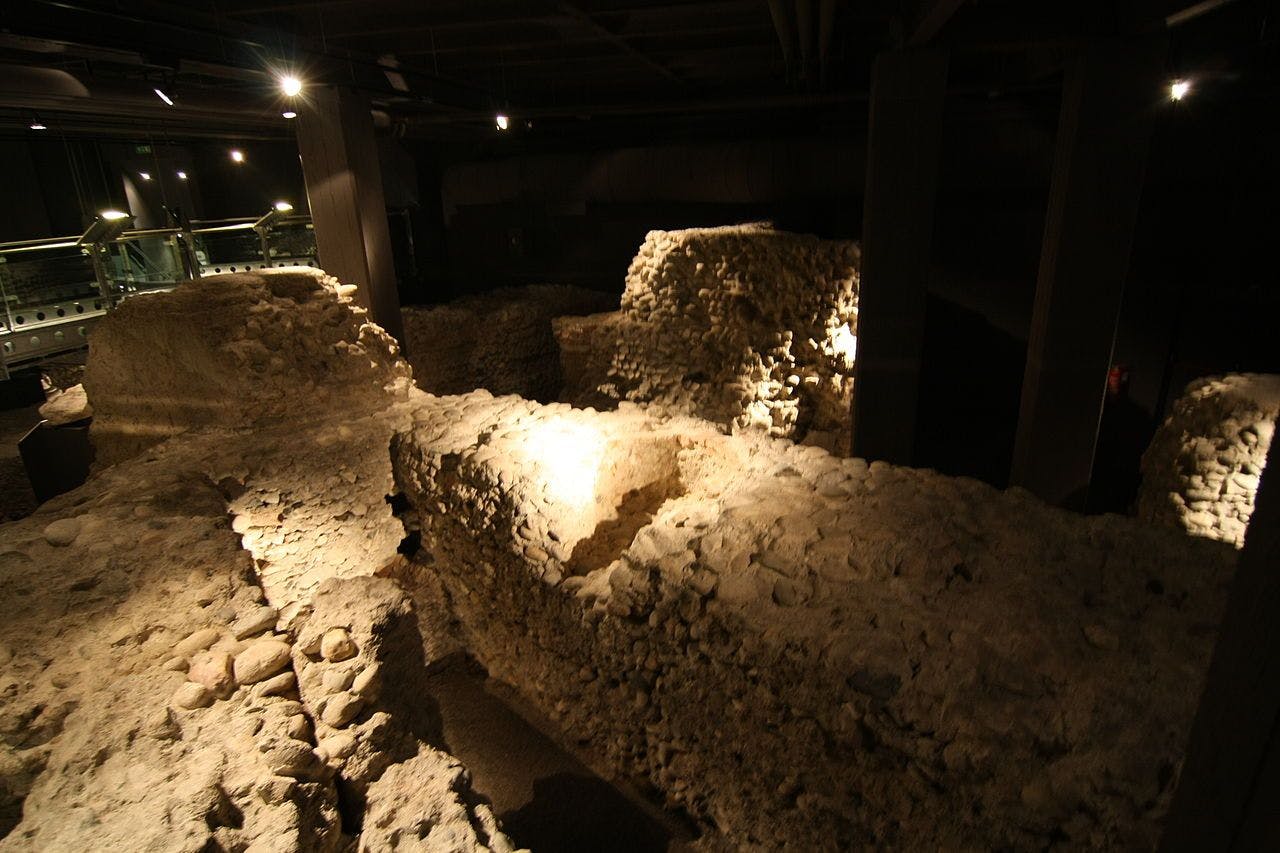
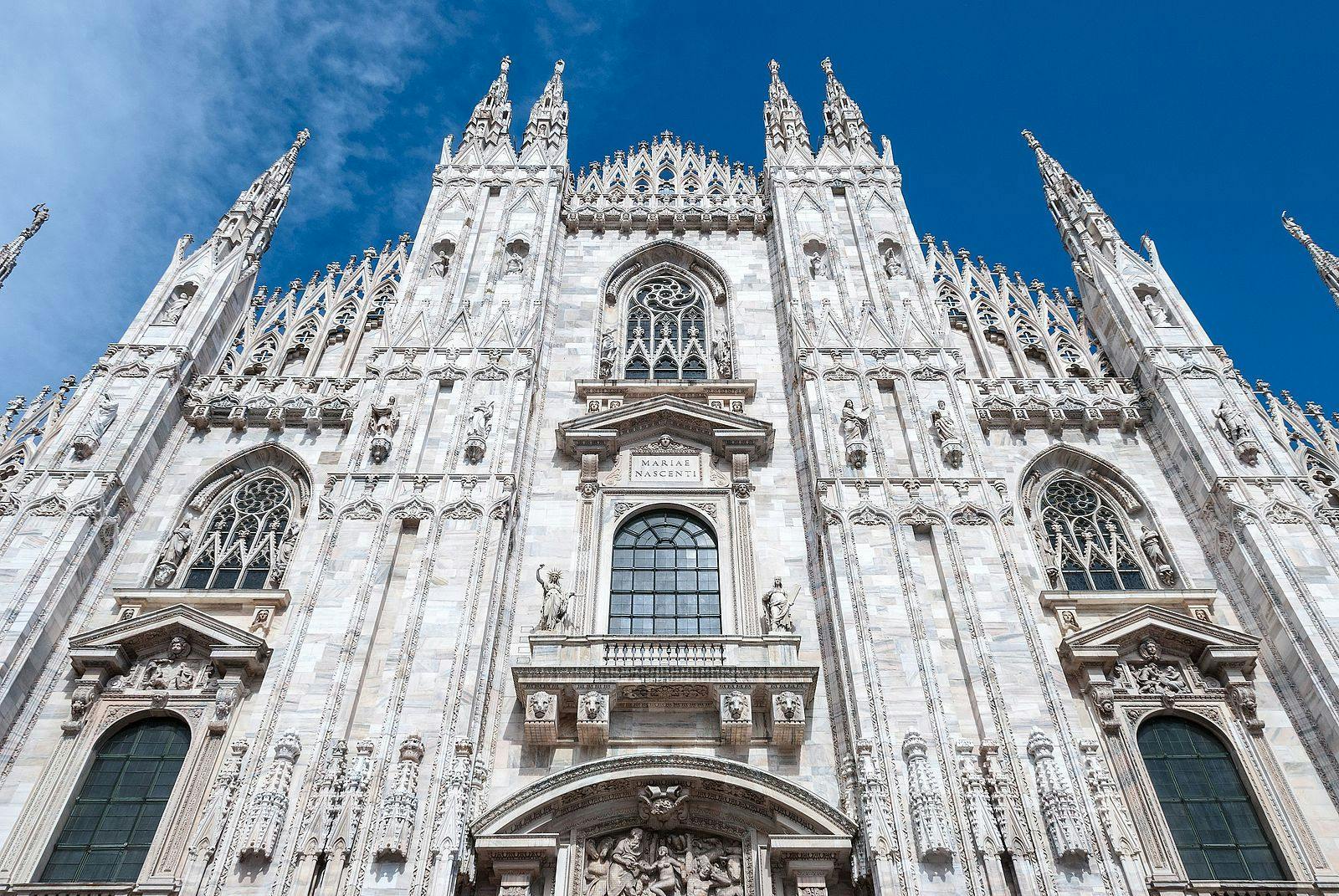
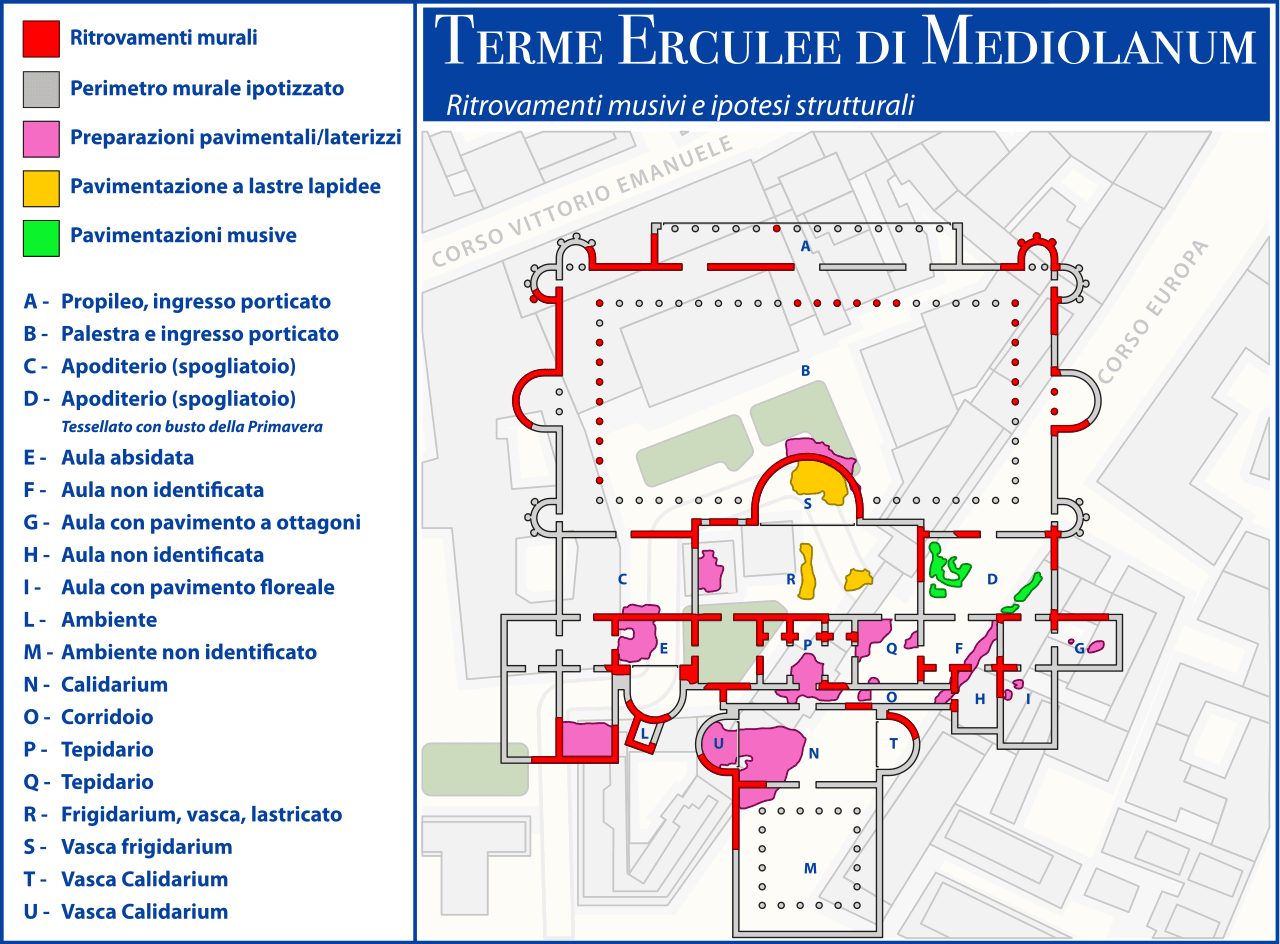

Preview: Chapter 1
Remember!
Don't forget the below before you begin.
You get
Personal passcode
Map and route
Audio
You do NOT get
Tour guide
Tickets
Headphones
Offline download
Come with
Smartphone
Internet access
Headphones
Suitable clothing
Your passcode
Your passcode is a short English word followed by numbers, like for example, "walk123".
We will send you your passcode by email after your payment is processed. You can also see it in the post-payment screen.
Your passcode is unique to you and can be used by one device. It lasts for 72 hours (3 days) from the moment you first use it.
Reviews
What people who took this tour have said.
Bader – Saudi Arabia
Get Your Guide
Very interesting, beautiful and curious to see the city on your own, it is a route that takes you to see hidden remains that I would never have been able to find on my own. Highly recommended! 😊
Stefano – Italy
Get Your Guide
Why choose Ptolemy
Be present through the past.
This audio guide has been prepared using help from locals and care for historical accuracy and depth. Learn more about our vision here.
